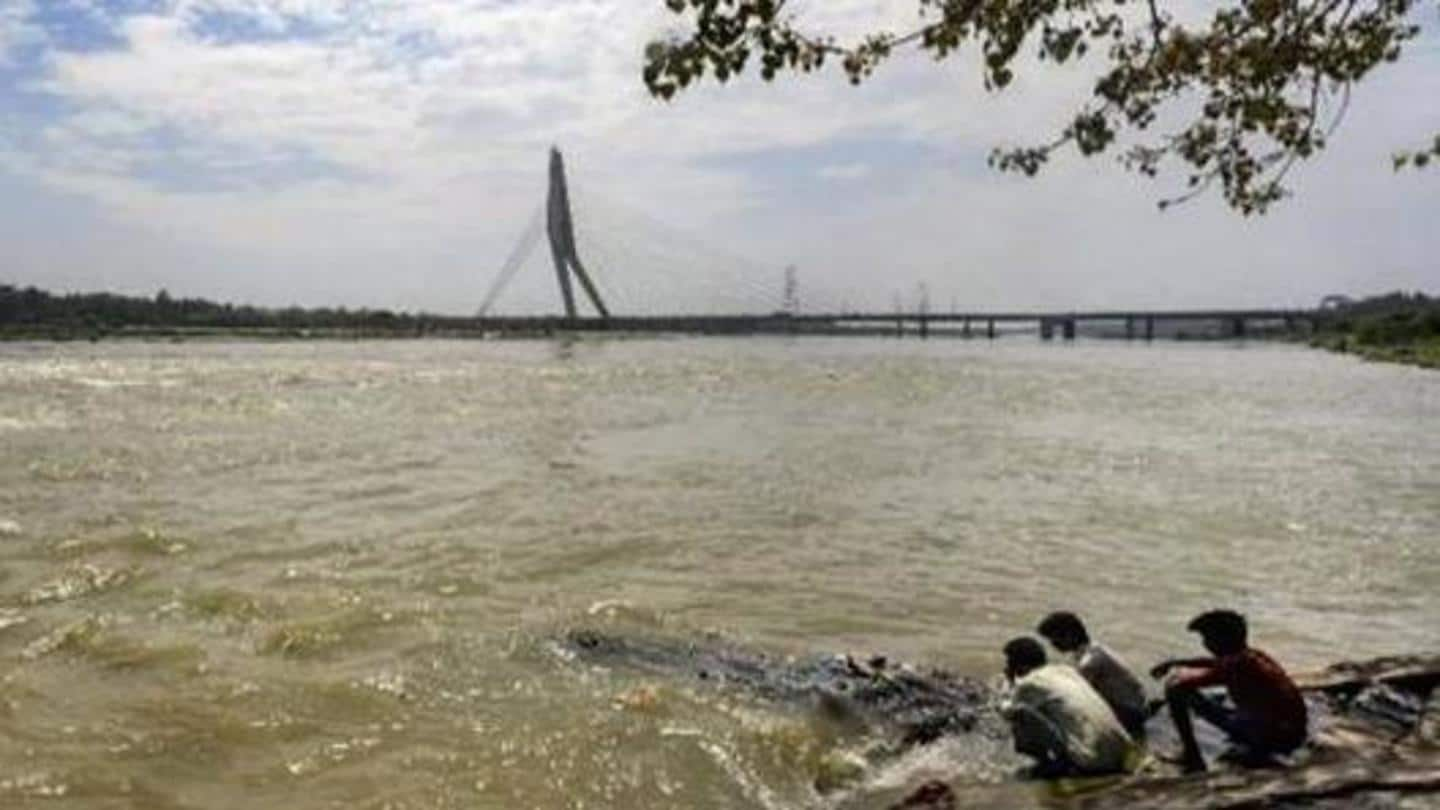
Yamuna water quality in Delhi improved during lockdown: Government
What's the story
The water quality of the Yamuna in Delhi improved during the lockdown due to the stoppage of industrial effluent discharge, availability of more water for dilution, and absence of polluting human activities, the government told Lok Sabha on Thursday.
It said the Central Pollution Control Board (CPCB) carried out water quality tests at three locations - Palla, Nizamuddin bridge, and Okhla in April 2020.
Information
Water quality assessment in April improved as compared to March
The assessment of water quality in April as compared to the pre-lockdown period in March showed improvement at Palla, where the river enters Delhi, in terms of biochemical oxygen demand (BOD), and at Nizamuddin Bridge and Okhla in terms of dissolved oxygen (DO) and BOD.
BOD levels
High BOD levels indicate high level of microorganisms in water
Biochemical oxygen demand is the amount of dissolved oxygen used by microorganisms in the biological process of metabolizing organic matter in water.
Dissolved oxygen is the amount of oxygen available to living aquatic organisms.
High BOD levels mean there is a high level of microorganisms in the water, and a high content of organic material that is broken down by the organisms.
Water quality
Release of freshwater from Wazirabad Barrage improved water quality
The greater the BOD, the lower the amount of dissolved oxygen available for fishes and other aquatic life
"The improvement in the water quality was attributed to the release of freshwater from Wazirabad Barrage which washed away sediments, settleable and colloidal forms of pollutants in the river," Minister of State for Jal Shakti, Rattan Lal Kataria, informed Lok Sabha.
Information
Other reasons attributed to the improvement of water quality
Other reasons included the stoppage of industrial effluent discharge (about 35.9 million liters a day), good penetration of solar radiation in the water body, and the absence of human activities such as the throwing of garbage, bathing, washing of clothes due to the lockdown.